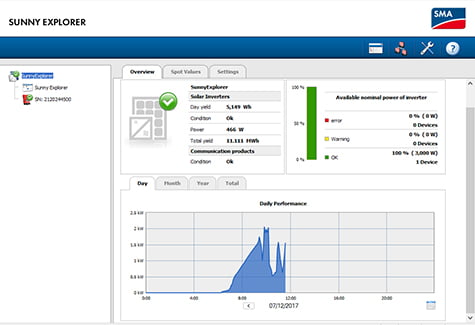

When you sell a building or rental property for proceeds equal to or greater than the original cost of the building, any CCA claimed since day one is “recaptured” and taxed as regular income. The reason some people do not claim CCA is a concept known as recapture. Consequently, one wonders why anyone would not claim CCA if their marginal income tax rate was say at least 35% and they plan to hold the property long-term. Thus, to the extent you can claim CCA you have absolute income tax savings or a tax shield equal to the CCA you claim times your marginal income tax rate.
PV BEANCOUNTER FULL
For example, if in addition to the rental property above, you had a second property with net income of $9,000 after CCA on that property, you could claim the full $23,520 to create a loss of $8,520 on that property and net income of only $480 on both properties ($9,000-$8,520). If you have more than one rental property, you can claim the maximum CCA even if it creates a loss on one property, if the net income of all rental properties does not become negative.

You may only claim $15,000 of the CCA to bring your rental income down to nil. So continuing with the above example, if in year two you had net rental income of $15,000 before CCA, you cannot claim the $23,520 of CCA and create a loss of $8,520. It should be noted that in general you are not allowed to create a loss for tax purposes with CCA. Technically, the remaining amount to be depreciated is called Undepreciated Capital Cost or “UCC”. In all future years, the CCA claim is equal to the original cost of $600,000 less CCA claimed in all previous years x 4%. 04% CCA rate x 50% rate allowed the first year). In the first year you can claim CCA to a maximum of $ 12,000 ($600,000 x. The allocation may be determined through negotiation with the sellerĪnd is reflected in the purchase and sale agreement, by appraisal orīased on an insurance policy or other relevant information. In the year of purchase, only 50% of the CCA may be claimed.įor example: if you purchase a residential building for $800,000 in 2015 and you determine that 75% of the property related to the building and 25% related to the land, you will start claiming CCA on $600,000 ($800,000 purchase price x. When someone purchases a residential rental property, they can claim CCA at the rate of 4% on the building portion of the property (non-residential property may be entitled to a 6% claim). For the purposes of today’s blog post, I will work under the assumption that you hold your rental property for 20 or so years and a dollar today is worth a heck of a lot more than a dollar 20 years from now. In an effort to not over complicate the issue, I will essentially ignore most of these factors however, one must always be cognizant of them. A discussion as to whether or not one should claim CCA can become extremely complex when you consider inflation, purchasing power, discount values and present values.


 0 kommentar(er)
0 kommentar(er)
